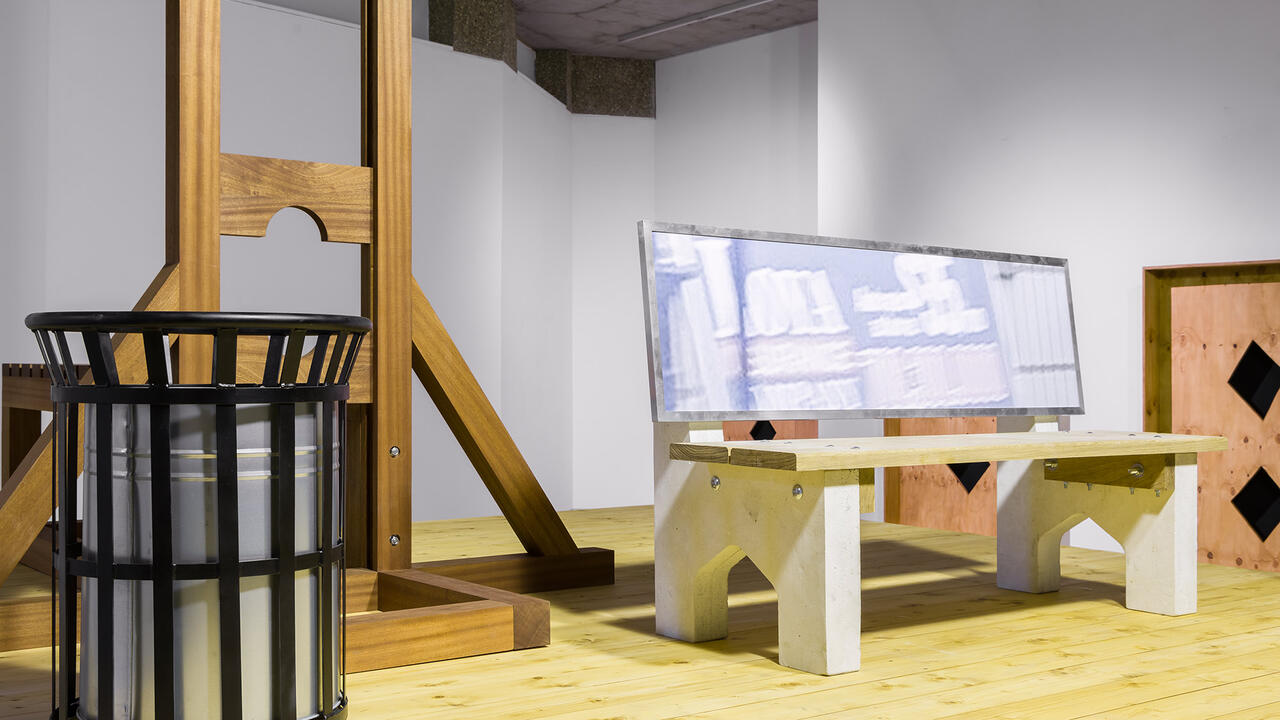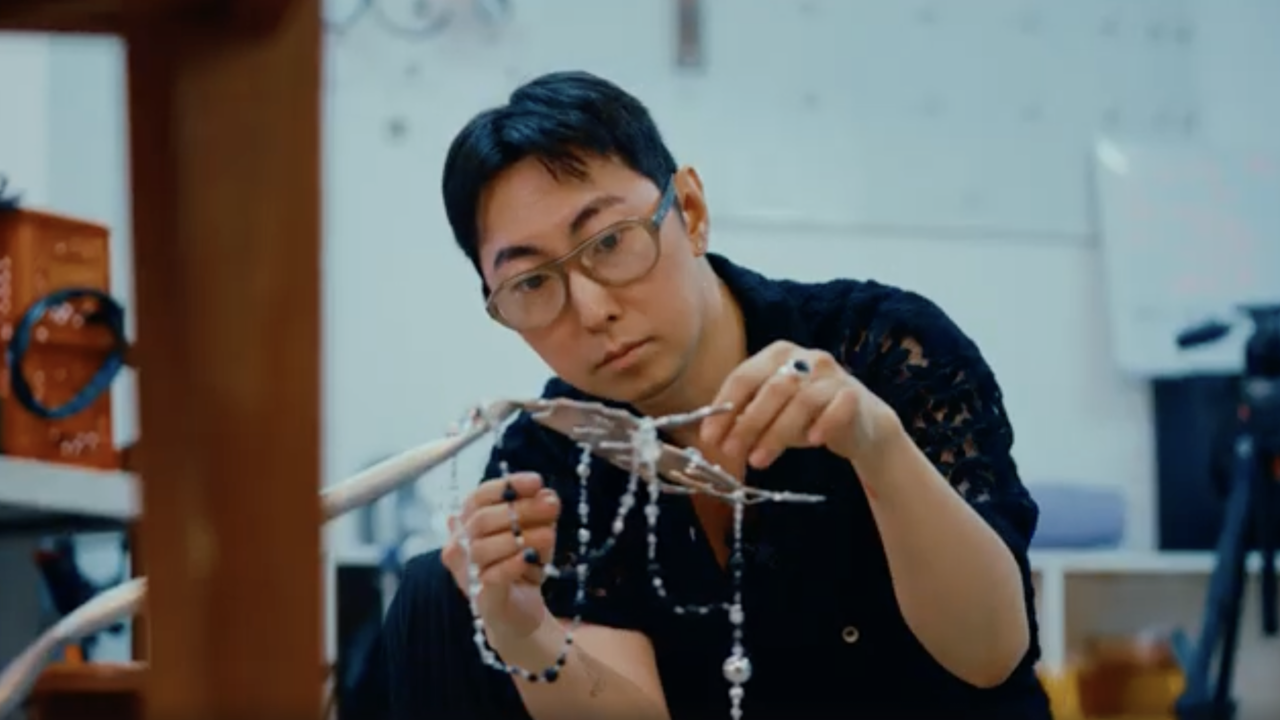An Exhibition: Curated by Robert Gober
Lately there has been a shift within international curatorial practice away from a scholarly, research-oriented approach to one that endeavours to offer the viewer something more open-ended. On discussion panels and during lectures in New York over the past few years, independent curators have appeared loath to articulate a theory or in any way codify their approach - at times even renouncing their job title. Although often the simple act of describing their past work alludes to the central issues that motivated them, the tendency among a growing number of curators is to de-emphasise the didactic component of their presentations.
At the same time it has become commonplace for artists to take on the role of exhibition organiser in order to explore their ideas from a different perspective. Robert Gober, widely admired for his intricately conceived and tightly orchestrated installations, donned the curator's hat (not for the first time) to curate a compelling show that reflected his trademark sinister ambience.
As with many of Gober's efforts as an artist, the exhibition opened up a nest of associations and dualistic metaphors without ever being overtly literal. Part of the fun of the show lay in seeking out correspondences between the works on display and Gober's personal aesthetic.
The objects were installed symmetrically in the main room so that two sight lines intersected at Cady Noland's free-standing sculpture, Stand-In for a Stand-In (1999). Made of silver-painted cardboard, it resembled a streamlined 17th-century pillory or stock, an instrument of punishment which was originally used to publicly humiliate petty offenders. Positioned in a similar way to the Virgin Mary figure with the culvert pipe through her middle in Gober's exhibition at M0CA in Los Angeles in 1997, this piece functioned as a sort of sieve through which visual access flowed.
Gober's interest in corrupt domesticity was reflected in Robert Beck's video of his father painstakingly sawing the antlers off the head of a deer Untitled (The Spike Buck), (1995) - its soundtrack permeated the atmosphere and added a disturbing sensory dimension to the space. This scene of paternal violence was shown opposite Anni Albers's tapestry, created in 1927 at the Bauhaus and composed of a rectilinear pattern in black, white and grey. It provided the perfect counterpart to the Beck piece: mute, subdued, but equally obsessive in its homespun Modernist grid.
Two paintings by Joan Semmel from the 70s Touch and Intimacy Autonomy, faced each other across the gallery and recalled Gober's knack for generating a haunting eroticism. Each view is constructed from the vantage point of the artist as she and her partner lay naked, side by side. One depicts their bodies glowing with colour, limbs entwined, while the other is done in grey tones and shuns physical contact, which lends the sexual scenario a deathly pallor.
The procreative connotations of this pairing could be associated with the next room of photographs by Nancy Shaver from the mid 70s. Her series of black-and-white images of children's T-shirts focuses mainly on examples that allude to the eventual adult lives of their wearers: military insignia, 'Future Miss America', college, etc. It was reminiscent of the truncated views through a drain of the legs of an adult and child in Gober's Los Angeles exhibition.
Finally, a smaller room contained other provocative juxtapositions: a large painting by Semmel of herself bathing her young son, Albers' tapestry design layout and a small-format print from Shaver's series. Like the rest of the show, this mini-installation followed the premise that meaning is to be perceived and shaped by the viewer and that a reliance on the traditional wall text is unnecessary. While numerous curators working today are encroaching on the territory of the artist, Gober provides evidence that artists themselves are perhaps the most likely candidates to successfully realise such fertile and idiosyncratic visions.
















